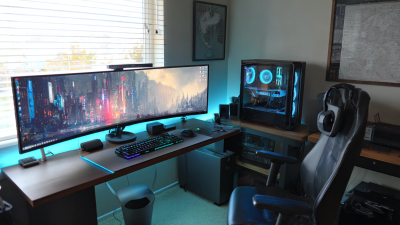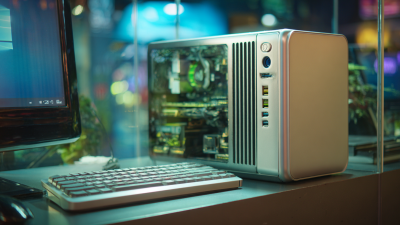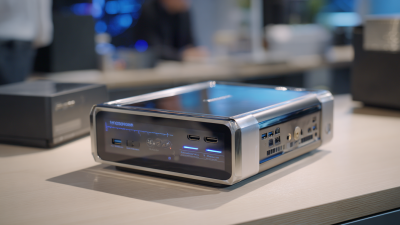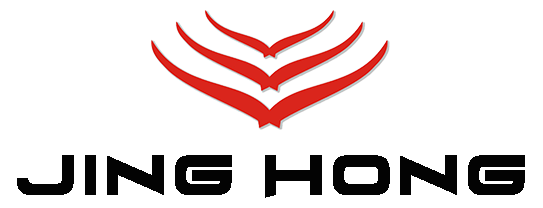One-stop service of R&D, production and sales for 10 years
Leave Your Message
In the rapidly evolving tech landscape, Tiny PCs are gaining unprecedented traction, revolutionizing the way we think about personal and professional computing. According to a recent report by Market Research Future, the global mini PC market is projected to reach a staggering USD 3.13 billion by 2025, showcasing a compound annual growth rate (CAGR) of 12.35%. This growth is primarily driven by increasing demand for compact computing solutions that deliver high performance without occupying significant workspace.
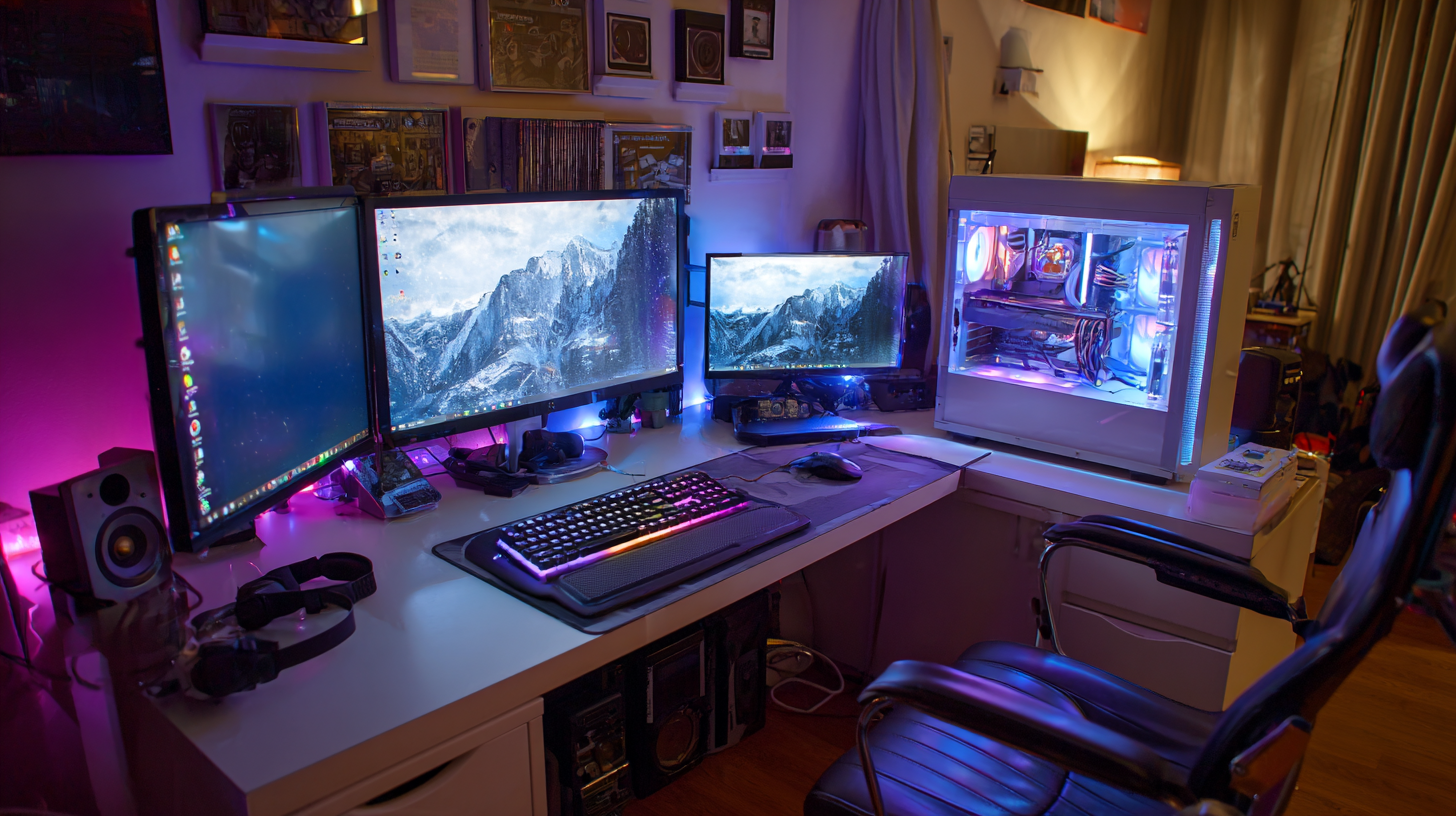
As businesses continue to adapt to hybrid work environments, the need for versatile and space-saving devices has never been more crucial. Tiny PCs offer an innovative solution, combining portability with powerful hardware, making them ideal for both home offices and collaborative workspaces. A study from Consumer Technology Association indicates that 70% of workers believe that smaller devices can improve their productivity, highlighting the significant role Tiny PCs will play in shaping the future workplace.
In this article, we will explore the top 10 Tiny PCs poised to redefine your workspace in 2025, delving into their capabilities, features, and how they can enhance your productivity while reducing clutter. Join us as we uncover the future of computing with these groundbreaking machines that promise to streamline your work experience and elevate your professional potential.
The tiny PC market is set to transform workspaces in 2025, with innovative design features that enhance both functionality and aesthetics. One prominent aspect is the modular design, which allows users to easily upgrade components such as RAM and storage without needing a complete system overhaul. This not only extends the life of the PC but also enables customization to meet specific work requirements.
Moreover, advancements in cooling technology are making these compact devices more efficient and quieter than ever. For instance, passive cooling systems enhance performance without the noise associated with traditional fan-based cooling methods. This results in a more serene working environment, perfect for tasks requiring deep concentration.
**Tips:** When selecting a tiny PC, consider your specific needs—opt for models that support future upgrades to ensure longevity. Additionally, take advantage of compact designs that free up desk space, allowing for a more organized workspace. Lastly, keep an eye out for energy-efficient models that reduce your carbon footprint while keeping performance high.
As we head into 2025, the demand for compact computing solutions has never been more pronounced. Tiny PCs represent a significant shift in the computing landscape, offering unmatched performance packed in a fraction of the size of traditional desktops. According to a recent report by Gartner, the compact PC market is expected to grow by 25% annually, driven by increasing workspace limitations and the rising need for efficiency. With cutting-edge processors like Intel's Core i9 and AMD's Ryzen 9 now available in miniaturized formats, users can expect desktop-class performance without sacrificing desk space.
Moreover, advancements in thermal management technologies allow these tiny PCs to maintain optimal performance under demanding workloads. A study by IDC highlights that nearly 70% of small businesses are looking toward more versatile computing solutions that can seamlessly integrate into both mobile and static work environments. With the introduction of powerful graphics chips and impressive memory capabilities, these devices are now more than capable of handling everything from design work to advanced gaming. In essence, as we embrace 2025, tinier form factors are not just a design trend; they are redefining how we think about productivity and performance.
As we look toward 2025, the integration of tiny PCs into modern workspaces promises to enhance seamless connectivity, fundamentally transforming how we collaborate and communicate. These compact devices are designed with an array of connectivity options that cater to the dynamic needs of today’s professionals. Featuring multiple USB ports, HDMI outputs, and even wireless technologies like Wi-Fi 6 and Bluetooth 5.0, tiny PCs allow for quick and efficient connections to peripherals and displays, ensuring that users can maintain productivity without the clutter of traditional, larger systems.
Moreover, the advancements in cloud computing have made it easier for tiny PCs to adapt to various work environments. With robust performance capabilities, these devices can effortlessly connect to cloud services, enabling real-time collaboration on projects regardless of physical location. This flexibility is ideal for remote work, as employees can rely on their tiny PCs to access files, share screens, and engage in video conferencing without delay. As these technologies continue to evolve, the potential for tiny PCs to become integral tools for enhancing connectivity in the workplace is greater than ever.
As we move towards a more sustainable future, tiny PCs are becoming increasingly popular for their energy efficiency and space-saving designs. These compact devices not only offer powerful performance but also play a crucial role in reducing our carbon footprint. By consuming less energy than traditional desktops, tiny PCs provide an eco-friendly solution for tech enthusiasts and businesses looking to minimize their environmental impact.
When considering the environmental benefits of tiny PCs, focus on energy-efficient models that incorporate advanced power management features. Look for devices with Energy Star certification or those that utilize low-power components. These technologies not only reduce energy consumption but also lower operating costs over time, making them an excellent choice for those conscious of their energy use.
Tips for maximizing energy efficiency with tiny PCs include ensuring they are equipped with solid-state drives (SSDs) instead of traditional hard drives, as SSDs consume less power. Additionally, utilizing sleep mode and power-saving settings can significantly decrease energy consumption during periods of inactivity. Adopting these practices helps create a workspace that is both productive and environmentally friendly, paving the way for a greener tomorrow.
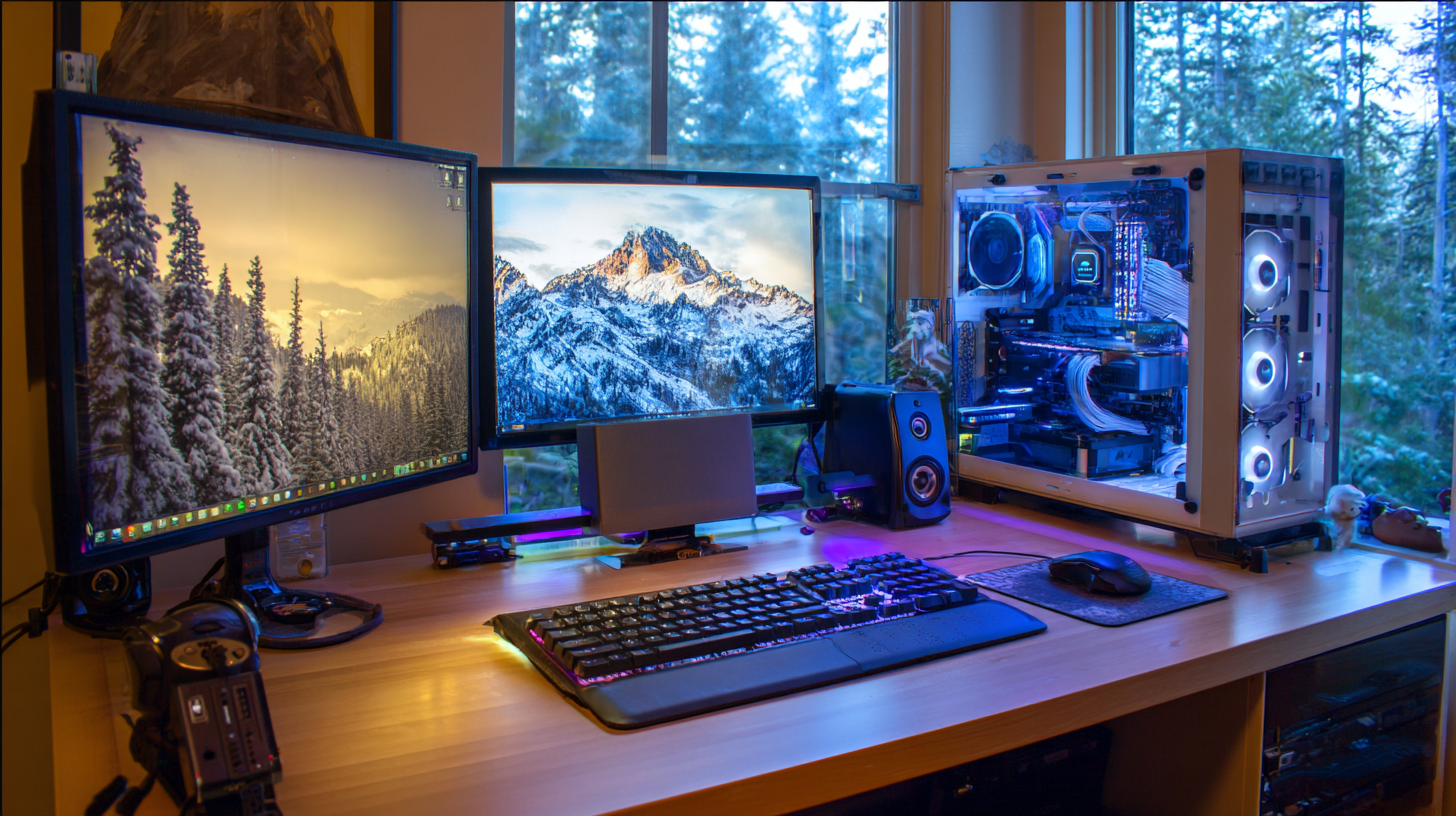
As we approach 2025, the paradigm shift in ergonomic workstations is set to redefine user experience, particularly through the emergence of tiny PCs designed for enhanced functionality in compact spaces. The integration of advanced technologies in these devices will facilitate a work environment that promotes comfort, agility, and productivity. A significant aspect of this evolution is the customization potential, allowing users to personalize their workstations in a way that caters specifically to their individual needs, thus enhancing overall comfort during extended use.

In addition to the advancements in computing, the ergonomic furniture sector continues to grow, with projections suggesting the market for ergonomic chairs will witness substantial increases, potentially reaching approximately $10.2 billion by 2032 with a compound annual growth rate of 4.3% from 2024. This growth can be attributed to a rising awareness of health and wellness in the workplace, leading professionals to invest in designs that support dynamic seating arrangements and reduce physical strain—transforming how we interact with our workspaces. The focus on user-centric designs in ergonomics promotes a seamless blend between technology and comfort, setting the stage for revolutionary developments in workplace environments.



